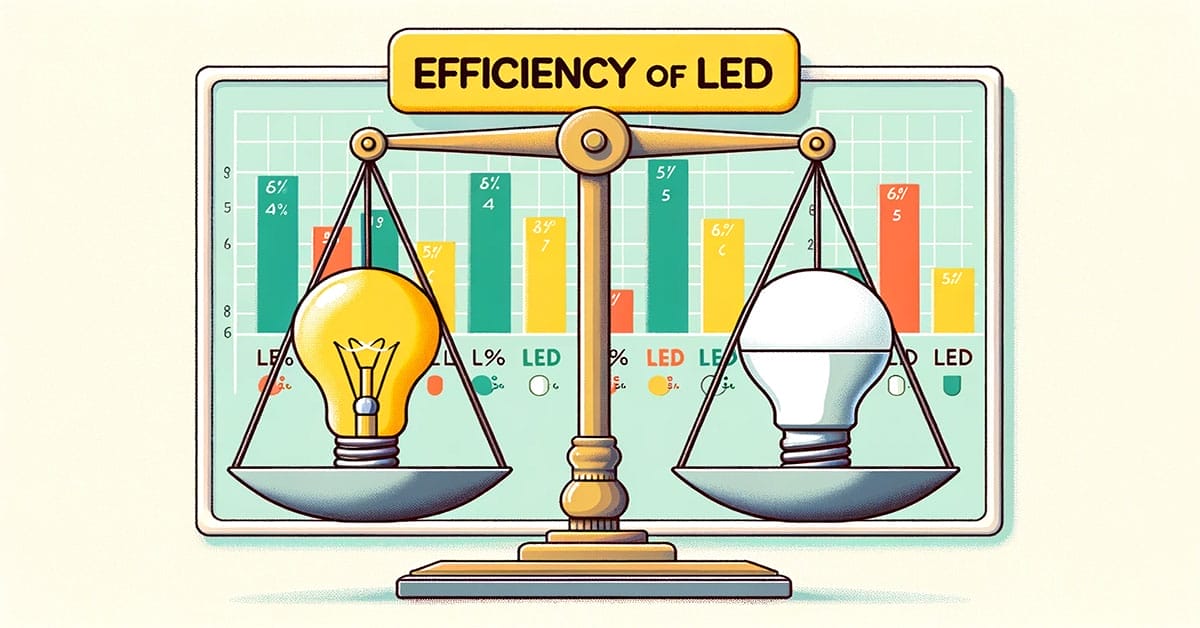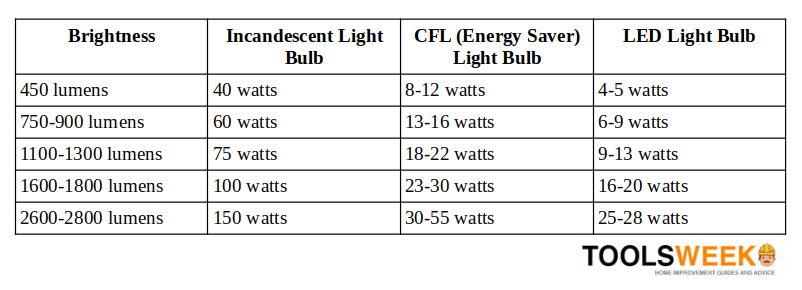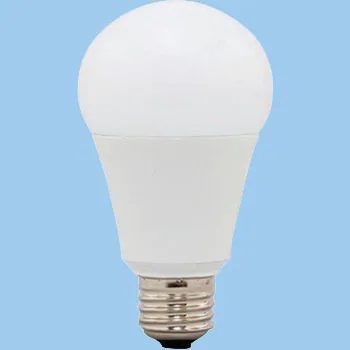Do LED Lights Run up The Electricity Bill?

Are you wondering if your LED lights consume too much electricity?
LED lights are becoming more popular than their traditional incandescent alternatives. But some people are unsure if they run up the electricity bill. Here’s what you need to know about how much electricity they consume.
LED lights generally consume much less electricity compared to traditional incandescent light bulbs. You may find you can save roughly 85 to 90% on your electricity bill by converting to LED lights. Exactly how much they consume depends on their size, density, and wattage.
Read on to find out exactly how much they consume, whether you should use them or not, which ones to use, and other related advice.
About LED Light Bulbs
LED light bulbs, and other forms of LED lights such as LED strip lights, are relatively newer lighting technology compared to incandescent lights, although LEDs themselves have been around for a long time.
They offer a low-power lighting solution. Their running cost is much lower because they require less energy to produce light. They also produce less output heat as wasteful energy, do not contain hazardous materials, give you a greater choice of colors and designs, and unlike the traditional types, they are not fragile.
On the downside, LED lights are more expensive. They were even more expensive when they were new in the market, but their prices have been coming down since then due to greater economies of scale.
Power Consumption of LED Lights
Since LED lights require less energy to produce the same light output, the converse is also true. That is, to obtain a similar amount of light, you need to use an LED light that requires less electrical energy.
The main indicator to see how much electricity LED lights, or anything else for that matter, uses is their wattage. Consult the table below to know the power consumption of LED lights for equivalent traditional light bulbs.

The equivalence of light output means that you can even use a higher-wattage LED light and still save electricity.
For example, to obtain a similar brightness as given by a 60-watt incandescent light bulb (or a 13-16 watt CFL light bulb), you can use a 6 to 9-watt LED light bulb instead. But, even if you use, say, a 12 to 18-watt light bulb, you will still be saving on your electricity bill.
This is because the difference in electricity consumption, saving, and cost are huge. Regardless of whether you use the 6-9 watts equivalent or a higher 12-18 watt LED bulb, the wattage is still much less than 60 watts.
How Much Electricity Do LED Lights Consume?

Here is an example to show you how much electricity an LED light will consume and how much it will save you.
A 60-watt incandescent light bulb will consume 0.06 kW per hour. Supposing it is used for 12 hours per day for 30 days, and the cost of electricity is 15 cents per kWh, it will cost you $3.24 over the whole monthly billing cycle.
If a 6-watt LED light bulb is used instead (which will give a similar light output to a 60-watt incandescent light bulb), the monthly cost will be ten times less, i.e., 32.4 cents. That’s a saving of $2.92 or 90%. Even if you use a little higher power-consuming 9-watt LED bulb, the cost will be 48.6 cents, giving you a saving of 85% on your electricity bill.
As you can see, it’s not necessary to do such a calculation unless you want to work out the exact cost and know exactly how much money you can save by using LED lights. The low equivalent wattage of LED lights alone can tell you that they will consume much less electricity, and will, therefore, cost less as well.
FAQs
Here are answers to some related questions you might have about using LED lights:
Is it safe to use LED lights for long periods?
Yes. Generally, they can be left on for long periods, such as all night long. Since they don’t produce as much heat as incandescent light bulbs, there is much less chance of them catching fire. Also, unlike CFL bulbs, they don’t contain mercury.
Are LED lights a perfect replacement for incandescent lights?
LED lights consume a lot less electricity compared to incandescent lights, but they vary in quality. You may find that you have to change them more frequently, but only if you buy poor quality ones. Also, they are more expensive, and they might not be suitable for use with dimmer switches.
Can I use a larger LED equivalent light bulb and still save electricity?
Yes, certainly because the difference in wattage is huge. This was explained above under ‘Power consumption of LED lights.
Which type of LED lights will save more electricity?
Generally, SMD LEDs are more efficient in terms of electricity consumption than the other types.
Is Your Electricity Consumption Still High?
If you are already using LED lights, and are concerned about your electricity bill is so high, by now you know that the LED lights are not the cause.
You should not, therefore, need to go back to using incandescent or energy-saving (CFL) light bulbs because they will increase your bill further instead. Using LED lights was the right choice. There is likely another reason for the high electricity consumption.
Check for unused devices and appliances. Don’t leave them turned on if they are not used for long periods. You can also use a power monitor to check which device or appliance is consuming the most electricity.
Wrapping Up
If you are concerned whether your LED lights are consuming too much electricity, the information in this article has shown that you don’t need to be. Compared to incandescent and CFL light bulbs, they consume much less electricity, and will, therefore, also cost less.
We showed, with an example, that you can save between 85 and 90% on your electricity bill. The wattage rating of the light bulb alone will indicate roughly how much electricity it will actually consume. Rest assured, you can safely use LED light bulbs without worrying about running up your electricity bill.
Take a look at some of our related articles below.
